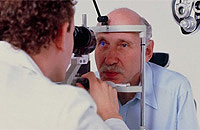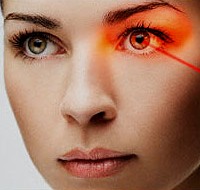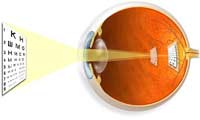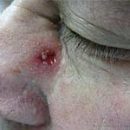What is farsightedness? Symptoms and treatment of hyperopia. Read more about it can be read in the article.
Content
What is farsightedness
Hyperophase (hypermetropium) - bad vision near. However, vision may be fuzzy and when looking at remote objects. Young people with weak or medium frequency often do not have problems with vision, because their natural lens can be adapted or accommodated to increase the optical power of the eye. With age, accommodation is gradually lost, and patients notice the progressive impairment.
Symptoms of hyperopia
- Bad vision near
- Poor vision in the distance (with large degrees of hyperopia)
- Increased fatigue when reading
- Overvoltage of the eyes when working (headaches, burning in the eyes)
- Jumpieze I «Lazy» Eyes in children (amblyopia)
- Frequent inflammatory eye diseases (blepharitis, barley, halazion, conjunctivitis)

Treatment of hyperopia
Correction of hyperopia depends on a plurality of factors, such as the patient's age, the genus of its occupation, the degree of depreciation, the presence of concomitant pathology.
Currently, the most common methods of surgical correction of hyperopia are:
- LTK, TKK.
- Replacing transparent lens,
- Lasik,
- Implantation of positive lenses
With laser thermoratoplasty (LTK uses thermal energy to reduce collagen fibers in peripheral corneal departments. Such a reduction in collagen changes the shape of the cornea, which improves vision at far.
Replacing transparent lens. Through a small self-graphic incision on a cornea or scler with ultrasound, a substance of a lens is removed - the kernel and bark. An artificial lens is inserted in place at the location in place - lens, the optical force of which takes into account such a remote lens with amendment to myopia or hyperopia, depending on the case. Since artificial lens manufactured by industry do not have optical strength restrictions, almost any degree of refraction violation can be eliminated.









